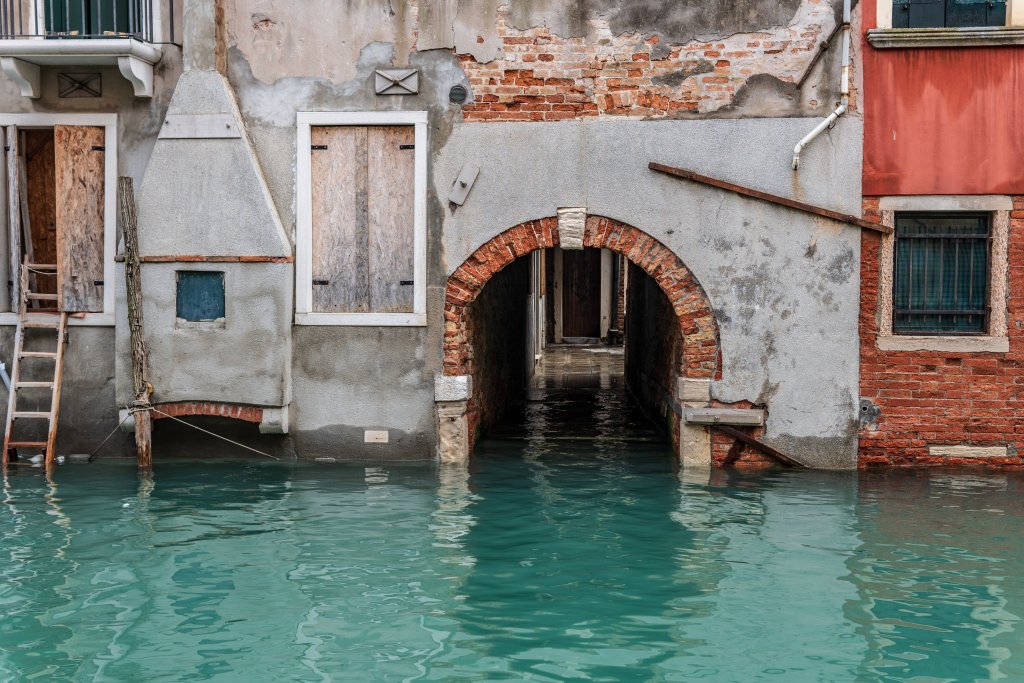There are things that are critical to employ during the first 24 hours after a flood happens. These practices help ensure that you and your family stay safe at your home with your beautiful shrubs. Aside from that, they also allow you to have the best possible outcome with your insurance company.
Listed below are things you should do within the first day after a flood.
1. Avoid more risks
When a flood leads you to evacuate your home, it means the damage might be serious. So make sure to be careful upon your return. Before going inside your home, look for any structural damage, including loosened foundation elements, warping, holes, and cracks. You can click here for flood damage signs and to ask professional help for repairs. It is important to call a utility company and remediation company like 24/7 upon sighting suspect damage.
Furthermore, it is vital to switch off electrical and water sources and have a flashlight ready at home. It’s still best to turn off the primary source of electricity and every fuse connection there is, even if power isn’t operational. Doing so can keep you safe against mixing electricity and standing water when the power comes back.
2. Take photos and call your insurance company
To make sure that you can entirely avail of your insurance benefits, take photos of your flooded home before proceeding with any damage repairs. According to experts, digital copies of the images are best as you can retrieve them electronically. Proceeding with the repairs before taking a photo of the damage could decrease your insurance coverage’s extent.
Afterward, notify your insurance company about the flood damage as soon as possible. It’s also best to store the contact details of your insurance company in your emergency bag.
Usually, groundwater flood damage is not covered by conventional homeowners insurance policies. So, work with your insurer to know the expanse of your coverage and the cause of the flood.
3. Remove water
After notifying your insurer and getting their approval, start removing the flood water using a sump pump. You can acquire this from most home or hardware supply stores at around $150 to $500. Since carrying buckets of water is tiring, be careful not to overexert yourself.
4. Secure the property
You have to secure your property to prevent additional damage. If your home is still safe to live in, apply safety precautions so you and your family can prevent potential injuries. For example, when moving around dark rooms, use flashlights and stay away from wood paneling on your porch as it might fall on you. However, if the flood leaves your home uninhabitable, it’s best to move out.
5. Reduce mold damage
One to two days after a flood, mold can flourish. So, make sure you instantly remove wet contents in your home, such as the bedding and carpeting. If a damp item remains for less than 48 hours, it can be saved. You should also consider its sentimental or monetary value before deciding whether it’s worth salvaging.
Conclusion
Ultimately, the things you do within the first 24 hours after a flood is critical. So, make sure to follow the tips mentioned above.

